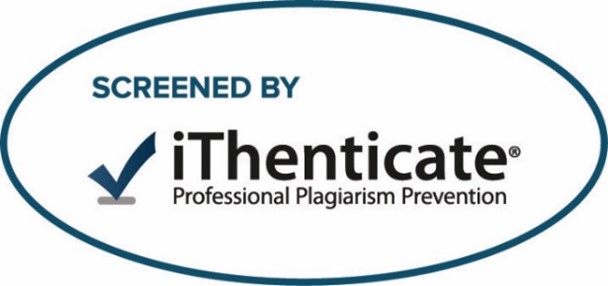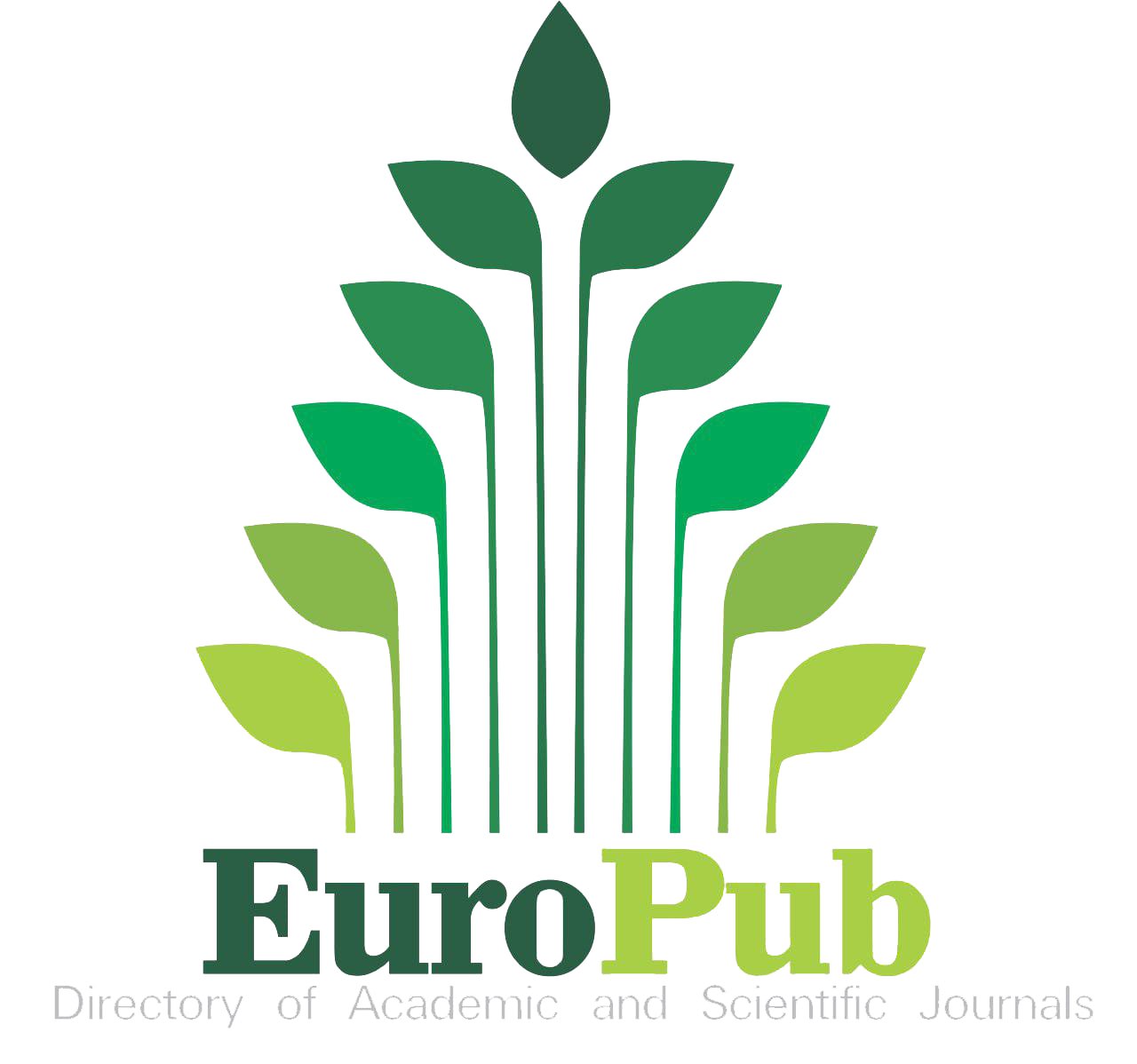Abstract
Background: The consensus is that overall health is significantly impacted by oral health. It is anticipated that dental students will have a strong understanding of oral health. The aim of this preliminary pilot study was to evaluate of the awareness of using tooth brushing and interdental cleaning aids between dental students from 1st grade to 5th grade in Najaf city, Iraq.
Methods: A cross-sectional study and questionnaire with 12 questions was based on the use of brushing tongue and interdental cleaning aids were conducted among 1st grade to 5th grade dental students in Alkafeel university, college of dentistry, Najaf, Iraq from February to May 2025. Chi-square test was used to analyze the data using SPSS Statistics V.24.
Results: This study found that there is a gradual increase in the awareness of using the brush and interdental cleaning aids between dental students from 1st grade to the 5th grade. The final grade dental students showed highly improvement than other dental students, especially in the frequency of brushing 98%, use of the floss (interdental cleaning aids) 65.3% and the use of tongue cleaning 22.5%.
Conclusions: This study ensures that the oral health knowledge, status and behavior between dental students are very important, acting as a model for dental health workers and dentists, working with each other to improve oral health using tooth brushing and interdental cleaning aids
Recommended Citation
Madhloom, Ali Faisal; Al-Taweel, Firas Bashir; Shubbar, Mustafa Faris; and Rfysh, Ali Falah
(2025)
"Evaluation the awareness of using brushing and interdental cleaning aids among dental students in Najaf city, Iraq,"
Maaen Journal for Medical Sciences: Vol. 4
:
Iss.
4
, Article 1.
Available at: https://doi.org/10.55810/2789-9136.1083
References
[1] Nazir MA. Prevalence of periodontal disease, its association with systemic diseases and prevention. Int J Health Sci 2017; 11(2):72.
[2] Sa’adu Lateefat MO, Kamaldeen A-S, Muhammad A-S. Determinants of oral hygiene status among junior second ary school students in Ilorin West Local Government Area of Nigeria. IOSR J Pharm Biol Sci 2012;1(3):44—8.
[3] Tavares M, Calabi KAL, San Martin L. Systemic diseases and oral health. Dental Clinics 2014;58(4):797—814.
[4] Bahekar AA, et al. The prevalence and incidence of coro nary heart disease is significantly increased in periodontitis: a meta-analysis. Am Heart J 2007;154(5):830—7.
[5] Tanaka TI, Geist S-MRY. Dermatomyositis: a contemporary review for oral health care providers. Oral Surg Oral Med Oral Pathol Oral Radiol 2012;114(5):e1—8.
[6] Madhloom F, et al. In Vitro Antibacterial Activity of Etha nolic Thyme Extract against Porphyromonas gingivalis Isolated from Periodontal Pocket. Lat Am J Pharm 2023;42 (Special Issue):135—9.
[7] Bradbury-Jones C, et al. Dental neglect as a marker of broader neglect: a qualitative investigation of public health nurses’ assessments of oral health in preschool children. BMC Public Health 2013;13:1—12.
[8] McGrath C, et al. The impact of dental neglect on oral health: a population based study in Hong Kong. Int Dent J 2007;57(1):3—8.
[9] Nakre PD, Harikiran A. Effectiveness of oral health educa tion programs: A systematic review. J Int Soc Prev Com munity Dent 2013;3(2):103.
[10] Albandar JM, Tinoco EM. Global epidemiology of peri odontal diseases in children and young persons. Periodon tology 2000 2002;29(1):153—76.
[11] Kassebaum N, et al. Global burden of untreated caries: a systematic review and metaregression. J Dent Res 2015;94 (5):650—8.
[12] Rabiei S, et al. Physicians’ knowledge of and adherence to improving oral health. BMC Public Health 2012;12(1):1—9. 174 MA'AEN JOURNAL FOR MEDICAL SCIENCES 2025;4:170—174
[13] Baseer MA, et al. Oral health knowledge, attitude and practices among health professionals in King Fahad Medical City, Riyadh. Dent Res J 2012;9(4):386.
[14] Pacauskiene IM, et al. Self-reported oral health behavior and attitudes of dental and technology students in Lithuania. Stomatologija 2014;16(2):65—71.
[15] Shubbar M, Addie A, Al-Taee L. The effect of a bioactive oral system and CO2 laser on enamel susceptibility to acid challenge. Diagnostics 2023;13(6):1087.
[16] Baseer MA, et al. Evaluation of oral health behavior of fe male dental hygiene students and interns of Saudi Arabia by using Hiroshima University Dental Behavioural In ventory (HU-DBI). Oral Health Dent Manag 2013;12(4): 255—61.
[17] Al-Batayneh OB, Owais AI, Khader YS. Oral health knowledge and practices among diverse university students with access to free dental care: A cross-sectional study. Open J Stomatol 2014;2014.
[18] Ivica A, Galic N. Attitude towards Oral health at various colleges of the University of Zagreb: a pilot study. Acta Stomatol Croat: Int J Oral Sci Dental Med 2014;48(2):140—6.
[19] Nyamuryekung’e KK, Lahti SM, Tuominen RJ. Attitudes towards tooth fillings in Tanzanian adults and its associa tion with previous filling experience. BMC Oral Health 2018; 18:1—8.
[20] Abdulbaqi HR, et al. The oral health and periodontal dis eases awareness and knowledge in the Iraqi population: Online-based survey. Clin Experiment Dental Res 2020;6(5): 519—28.
[21] Mahmood AA. Comparison of oral health status and behavior between first and fifth years Of Al-Mustansiriyah dental students. J Baghdad College Dentistry 2017;29(2): 71—7.
[22] Kinane D, Marshall G. Peridonatal manifestations of sys temic disease. Aust Dent J 2001;46(1):2—12.
[23] Madhloom F. Antimicrobial effect of Moringa Oleifera L. and Red Pomegranate against clinically isolated Porphyr omonas gingivalis: in vitro study. Arch Razi Inst 2022;77(4): 1405.
[24] Rong W, Wang W, Yip H. Attitudes of dental and medical students in their first and final years of undergraduate study to oral health behaviour. Eur J Dent Educ 2006;10(3):178—84
Included in
Dental Hygiene Commons, Dental Public Health and Education Commons, Periodontics and Periodontology Commons
















Indexed in: